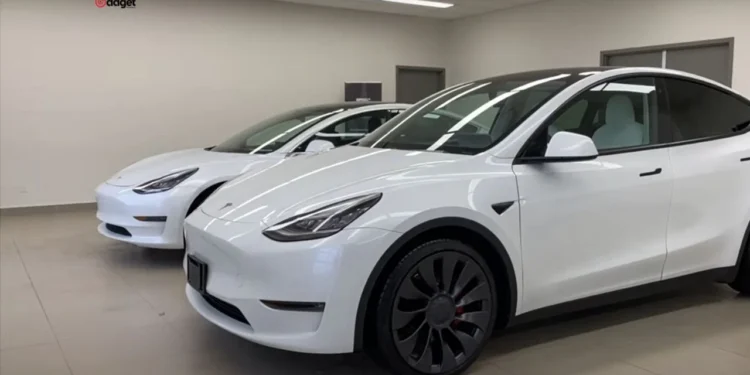Despite advancements in automotive technology aimed at enhancing security, Tesla vehicles, particularly the Model 3, remain alarmingly susceptible to theft. This vulnerability persists even after updates intended to bolster defenses against sophisticated theft techniques like relay attacks, which exploit the wireless signals of keyless entry systems.
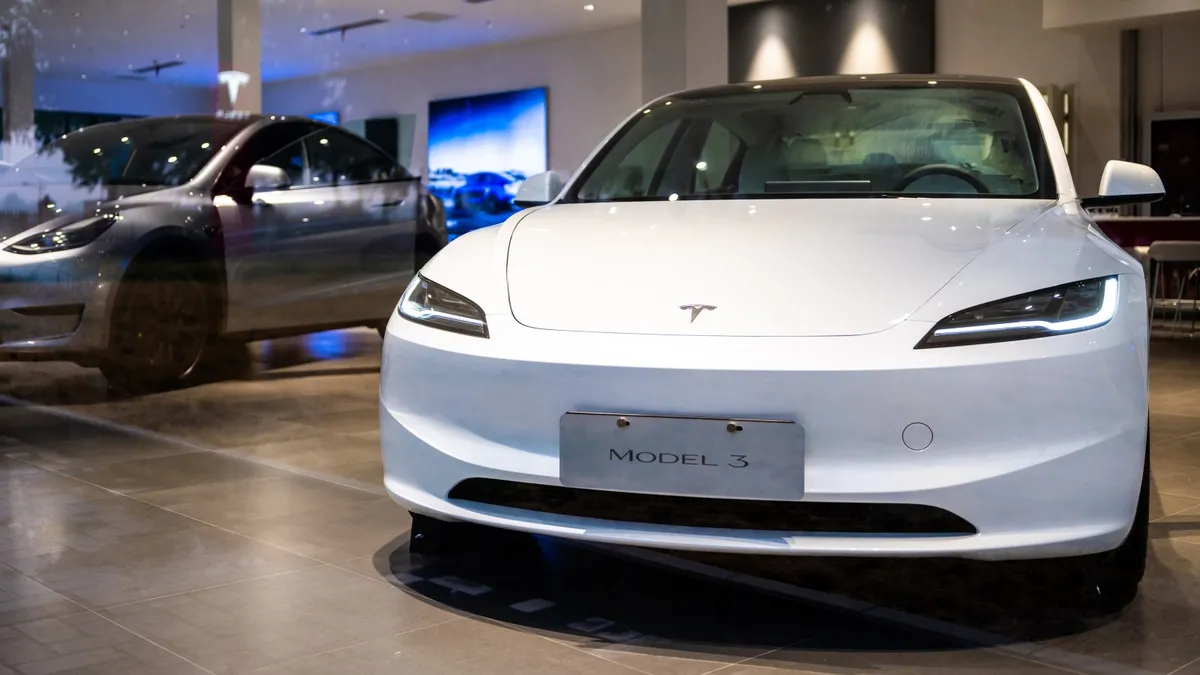
A recent investigation by Wired, involving cybersecurity researchers at GoGoByte, revealed that even with the implementation of ultra-wideband radio technology designed to curb these very attacks, the Model 3 can still be effortlessly stolen using rudimentary radio equipment costing less than a hundred dollars. The findings are a stark reminder of the challenges car manufacturers face in the digital age, where high-tech solutions can sometimes fall short of their promises.
The Technical Challenge of Ultra-Wideband Technology
Ultra-wideband (UWB) technology was integrated into Tesla’s lineup to specifically combat relay attacks—where a thief can amplify the signal of a remotely located key fob to gain access to a vehicle. However, the practical application of this technology has not delivered the expected results.
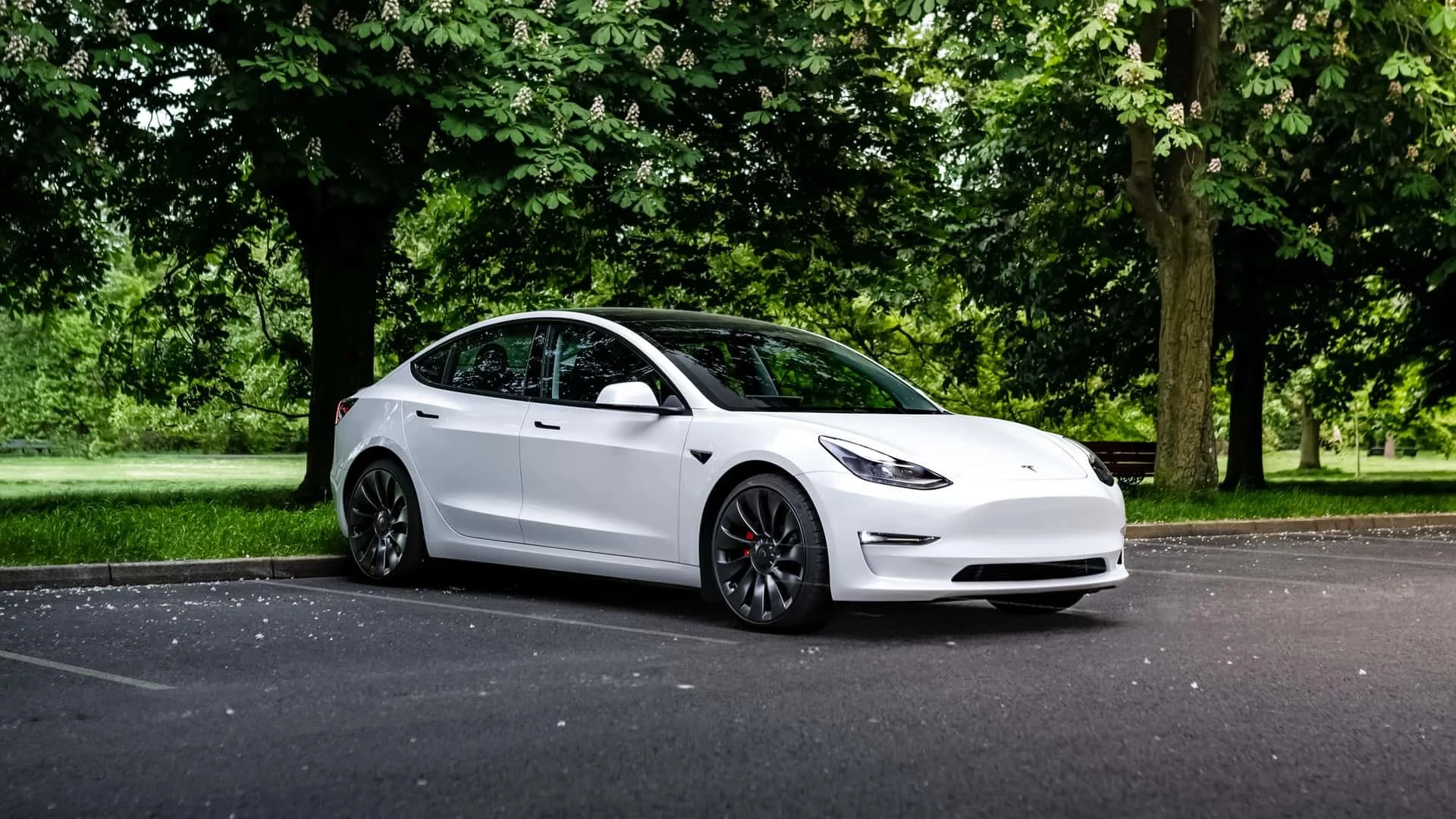
In a demonstration to Wired, GoGoByte researchers successfully performed a relay attack against the Model 3, highlighting a critical shortfall in the supposed security enhancement. The EV giant’s reliance on keyless entry systems extends across all its models.
These systems are integral not only for unlocking the vehicles but also for their immobilizer features, which are designed to prevent the cars from being driven without the key fob’s presence. Unfortunately, as Jun Li, founder of GoGoByte and a veteran in automotive cybersecurity, points out, the presence of UWB technology alone is insufficient to deter theft.
He stresses the importance of Tesla owners utilizing additional security measures such as the PIN-to-drive feature, which remains optional and off by default.
Tesla’s Response and Ongoing Efforts
In response to the findings, Tesla acknowledged the limitations of the current UWB implementation. The company clarified that the technology is still undergoing enhancements to improve its reliability and effectiveness.
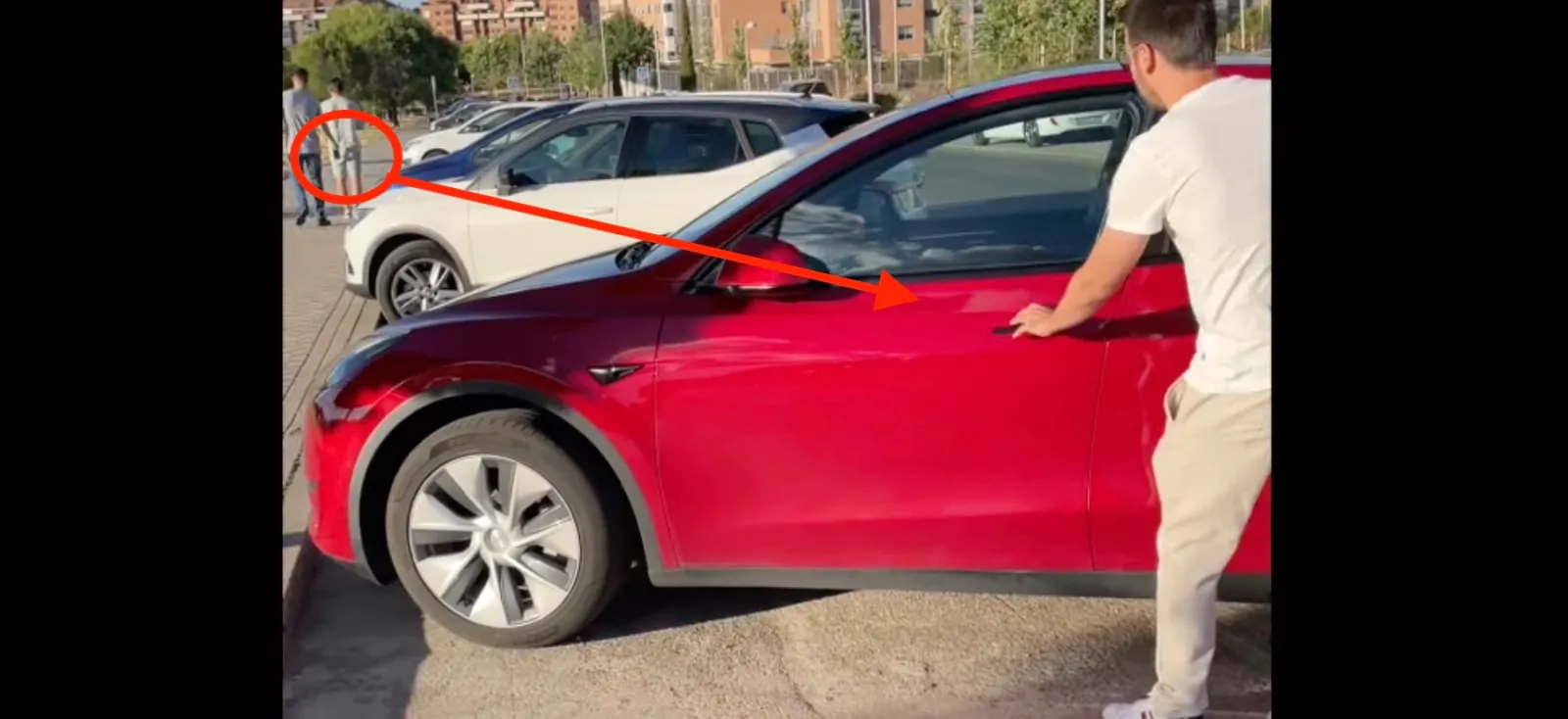
According to Tesla, the full protective capabilities of UWB will be activated once these reliability issues are resolved. This ongoing development suggests a potential future where these high-tech solutions can effectively prevent vehicle theft, but it leaves current owners in a precarious position.
A Silver Lining: Reduced Theft Rates Despite Security Flaws
Despite these security flaws, Tesla vehicles do offer a deterrent that some older models lack: GPS connectivity. This feature allows owners to track their vehicles in real time, making Tesla cars less appealing to some criminals who are aware of the increased risk of being caught. This slight edge in security is a consolation to owners who might be concerned about the vulnerabilities exposed by recent research.
What Does This Mean for Car Owners?
For Tesla owners and potential buyers, the message is clear: advanced technology alone does not guarantee security. While Tesla continues to innovate and enhance its vehicle security systems, owners must take proactive steps to protect their investments. Activating all available security features, staying informed about potential vulnerabilities, and following best practices for vehicle security are essential.
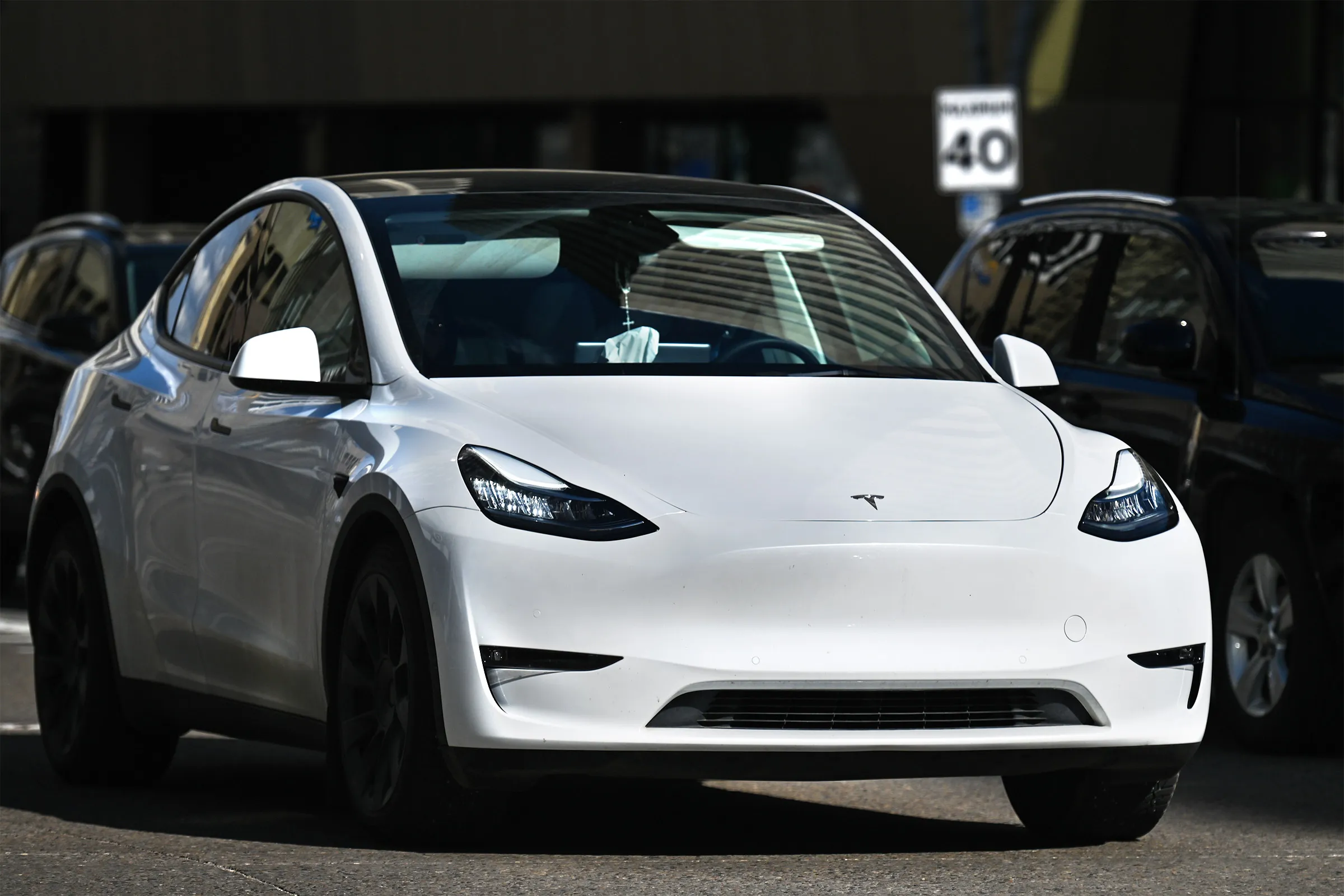
The continuous evolution of both car theft techniques and automotive security technology means that this will remain a dynamic and challenging area for manufacturers and owners alike. As Tesla and other automakers strive to outpace criminals in the technological arms race, car owners must remain vigilant and adaptable to protect their vehicles from emerging threats.

